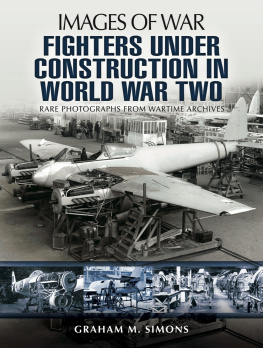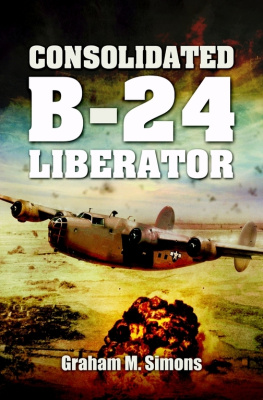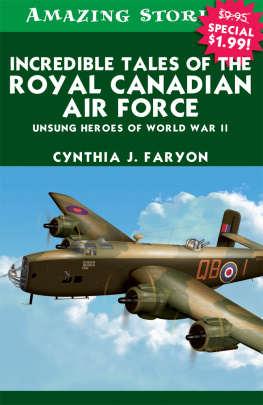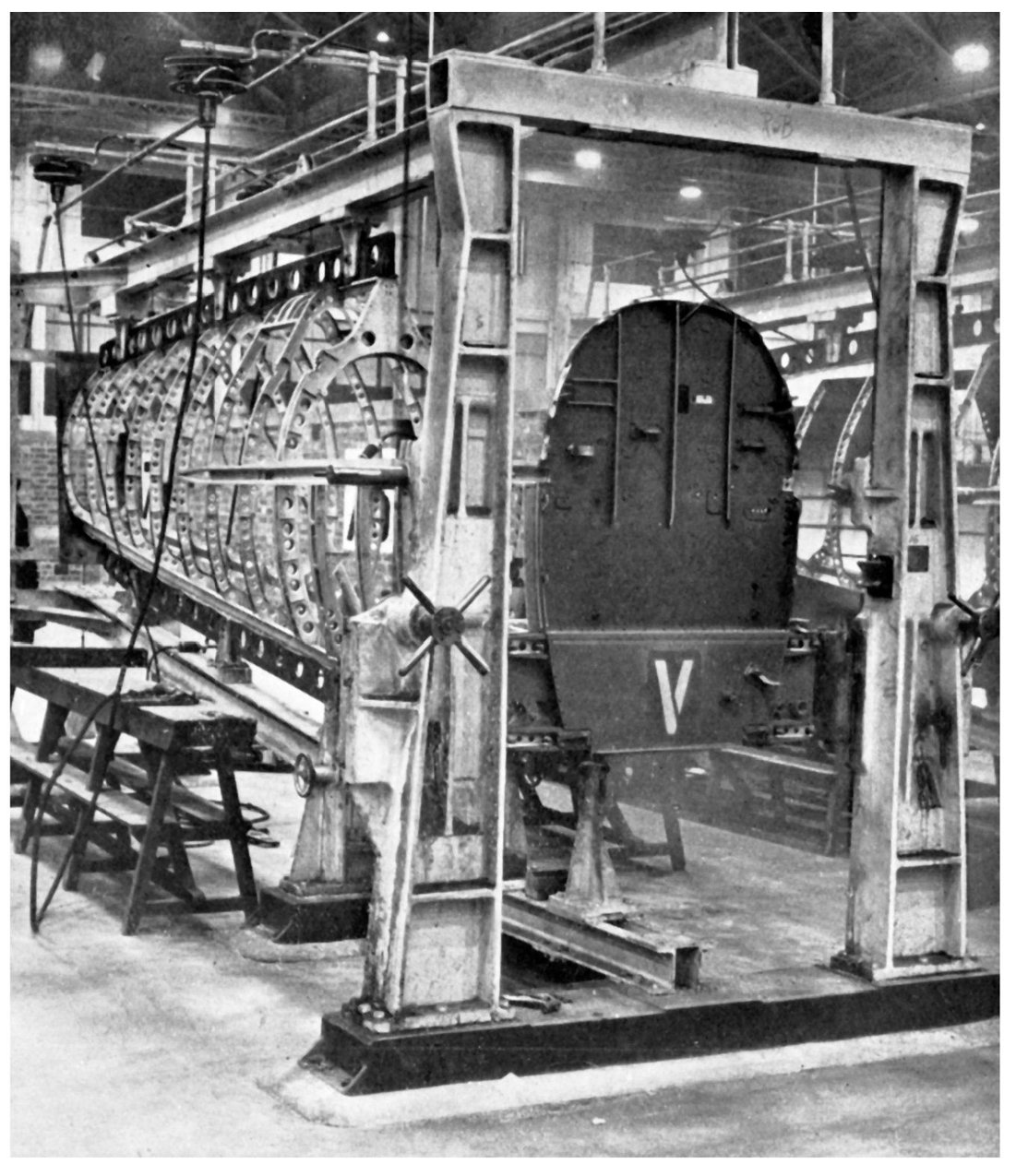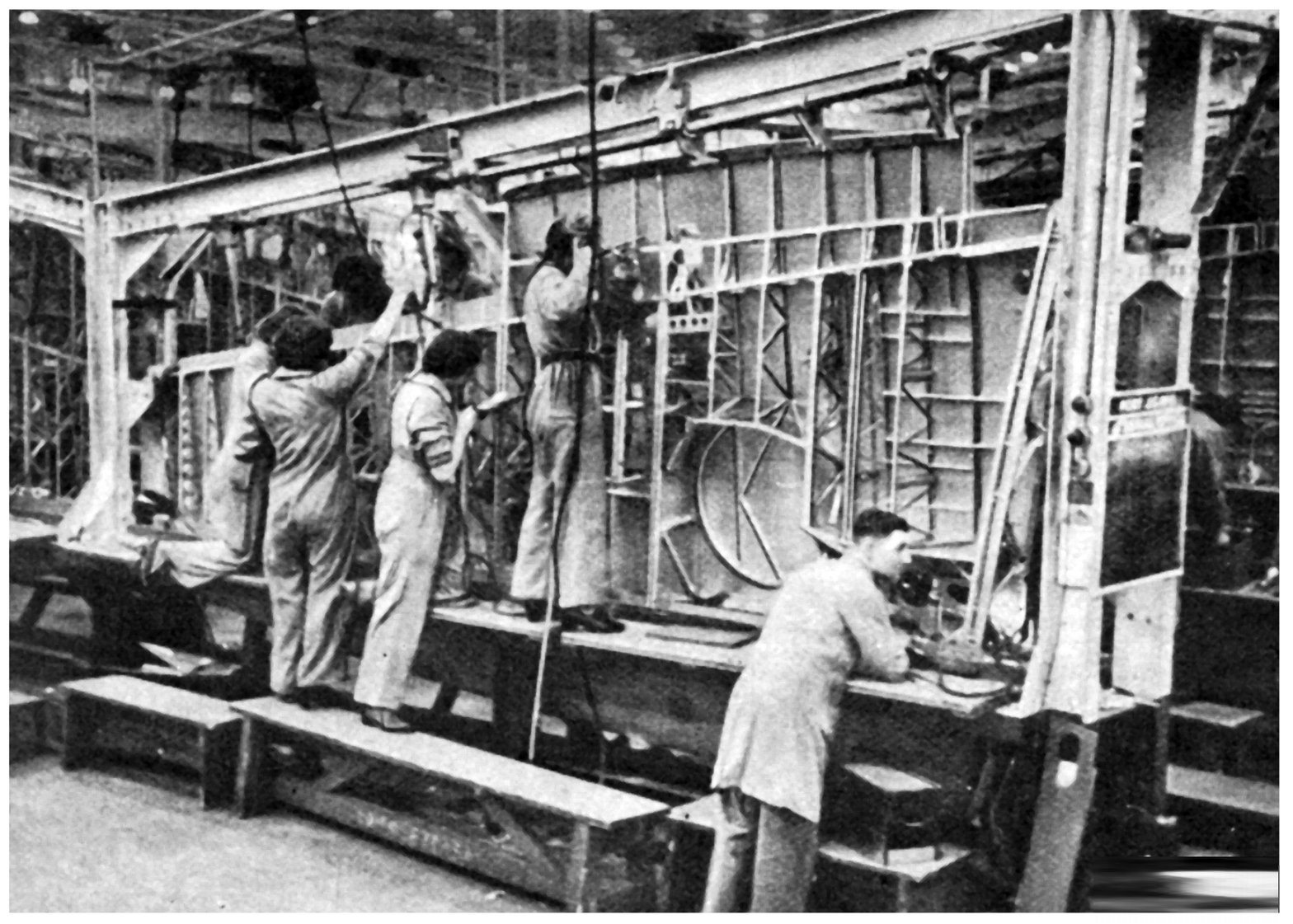Graham M. Simons - Fighters under construction in World War Two : rare photographs from wartime archives
Here you can read online Graham M. Simons - Fighters under construction in World War Two : rare photographs from wartime archives full text of the book (entire story) in english for free. Download pdf and epub, get meaning, cover and reviews about this ebook. City: Great Britain, year: 2013, publisher: Pen & Sword Aviation, genre: Science fiction. Description of the work, (preface) as well as reviews are available. Best literature library LitArk.com created for fans of good reading and offers a wide selection of genres:
Romance novel
Science fiction
Adventure
Detective
Science
History
Home and family
Prose
Art
Politics
Computer
Non-fiction
Religion
Business
Children
Humor
Choose a favorite category and find really read worthwhile books. Enjoy immersion in the world of imagination, feel the emotions of the characters or learn something new for yourself, make an fascinating discovery.
- Book:Fighters under construction in World War Two : rare photographs from wartime archives
- Author:
- Publisher:Pen & Sword Aviation
- Genre:
- Year:2013
- City:Great Britain
- Rating:4 / 5
- Favourites:Add to favourites
- Your mark:
Fighters under construction in World War Two : rare photographs from wartime archives: summary, description and annotation
We offer to read an annotation, description, summary or preface (depends on what the author of the book "Fighters under construction in World War Two : rare photographs from wartime archives" wrote himself). If you haven't found the necessary information about the book — write in the comments, we will try to find it.
This is all the more incredible when one realizes that there exists a huge archive of images that have survived which clearly show the skills and scale of what went on. These images of war - many of which are seen here for almost the first time in seventy years - form a remarkable tribute to the designers, engineers and workers who did so much.
Following the end of the Great War, the Royal Air Force was drastically reduced in both manpower and equipment. The application of a Ten Year Rule in which the British Government foresaw no war being fought during the next ten years resulted in minimal defense expenditure throughout the 1920s.
Financial restrictions went on until the early 1930s, when it at last became apparent that Germany was developing expansionist and aggressive tendencies that could no longer be ignored. The British Government and Air Ministry at last began to develop plans of their own to expand and develop the Royal Air Force. The Cabinet approved a number of plans, but a revised one often replaced each one before the original could be completed.
Between 1933 and 1939, the Royal Air Force was given higher priority in terms of rearmament plans than the other services. The policy was driven by the pursuit of parity with Germany more than by defense and strike needs, for there was no fixed ratio of bombers to fighter aircraft to guide procurement.
There could be no expansion without manufacturing capacity and luckily these manufacturers were not only capable of producing, but they also recorded much of their activities and remarkably a huge archive of images have survived which clearly show the skills and scale of what went on. These images of war - many of which are seen here for almost the first time in seventy years - form a remarkable tribute to the designers, engineers and workers who did so much
Graham M. Simons: author's other books
Who wrote Fighters under construction in World War Two : rare photographs from wartime archives? Find out the surname, the name of the author of the book and a list of all author's works by series.

